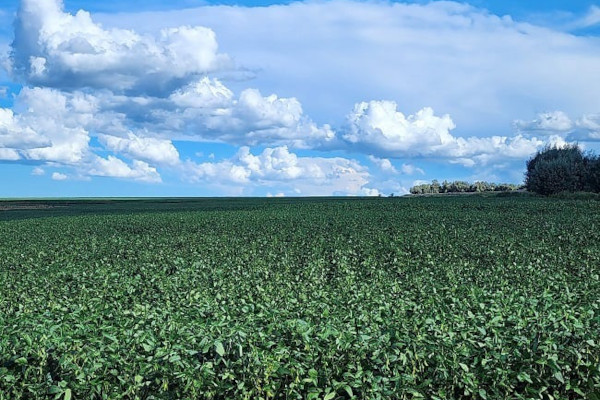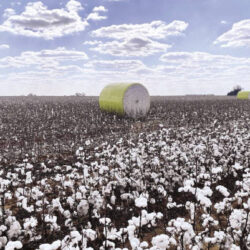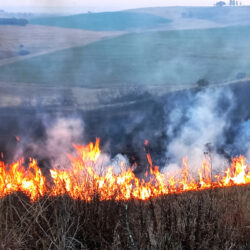The regenerative agriculture conference in Reitz discussed this agricultural practice in-depth.
One of the pioneers of regenerative agriculture in the eastern Free State, Danie Slabbert, shared some of the Riemland study group’s findings over the past 13 years.
Regenerative agriculture aims to be more profitable per hectare rather than chasing yields. Slabbert said the transition from conventional farming to regenerative agriculture was not easy, but he was motivated by a realisation that nature is always correct and a passion for farming in a more natural way.
“It is difficult to adapt to change, but I believe that if you are not uncomfortable, you are not trying hard enough. New thinking and new ways of doing things create passion for what you do and provide the opportunity to address obstacles,” he said.
Slabbert faced numerous problems and acknowledged that he made many mistakes, but “nature cannot be wrong, and therefore it is not wrong to try to farm as close to nature as possible”.
One of the greatest successes, according to Slabbert, is the great diversity of crops that help to stabilise yields, promote soil health and reduce the use of chemical fertilisers. Slabbert and fellow members of the Riemland study group also noticed an increase in beneficial insects and fungi in their fields.
“It is incredible how quickly nature recovers when we give it a chance. After just one or two seasons, we could see earthworm numbers increase after 40 years when conventional tillage methods had largely kept them out of the fields,” Slabbert said.
Eight fundamental principles
He presented eight fundamental principles for successful regenerative agriculture:
- Start small. “There is a risk associated with changing practices. So start small and build from there. Be careful not to take too much risk and get burned.”
- Emulate nature. “Nature is extremely complex and diverse, and we will never fully understand everything about it. Therefore, try to mimic natural cycles, find ways to improve soil health, and plant diverse crops.”
- The right equipment for planting. “It is easy to apply a practice that has existed for decades and make few mistakes. In contrast, it is difficult to implement a new practice without errors. One of the biggest mistakes is trying to do it with the wrong equipment. Your presence in the field is essential to ensure that the contact between the soil and the seed is correct and that fertiliser is applied correctly where used.”
- Timing. “Timing is one of the most critical factors. Make sure to plant on time when cover crops are planted for the autumn. Earlier is better when planting winter cover crops to ensure that roots are established before it gets too cold and dry. The reserve moisture lies deeper under the ground, and roots must be established to draw from it during the cold winter months. When cover crops are killed, timing should also be considered.”
- Basic principles. “We all know that basic principles apply to agriculture, regardless of the practice. Do not plant in too wet or too dry soil, look at your weed management. Apply the knowledge you have gained over the years on your farm.”
- Observe. “It is much better to monitor how the system progresses when done in a group. Do it with your family and your fellow farmers, because it brings a better perspective.”
- Support and learn. “Support your neighbor, your brother in farming, and learn from each other.”
- Believe. “Believe that nature is correct and try to farm with it as closely as possible. It is that belief that what you are doing is the right thing that helps make a difference.”




